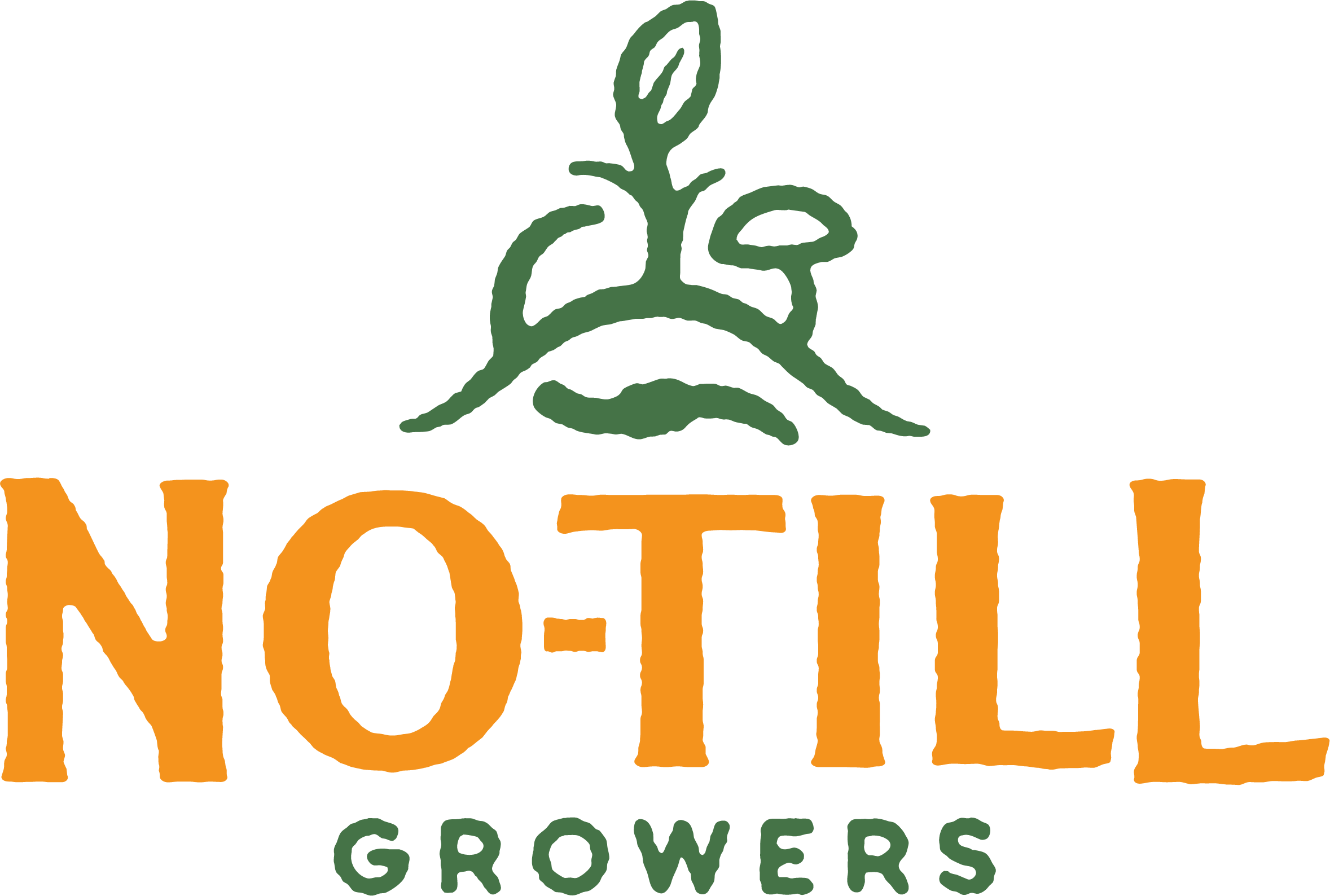What Can a Marketer Teach Us About [no-till] Farming?
Some of the most important farming advice I get comes from a popular marketing guru, who, seemingly, has never farmed.
Before we get going, if you don’t get Seth Godin’s blog in your inbox every morning, you’re missing out. I’m not a fan of getting subscription emails either, because they’re mostly waste of time, but I do get a few (including No-Till Growers, even though I write it, and you can get it too by entering your email on the right… ahem), and his is the only non-ag one. These are short, sometimes quite powerful, kaon-like ideas about rethinking marketing. BUT, I believe he, as a successful marketer—especially good at challenging preconceived notions of marketing—can show us how to reframe the question of no-till in small-scale farming. Let’s break down one of his more recent posts…
Dissolve it
The best solution to a persistent, apparently non-solvable problem is to make the problem itself obsolete.
Go around it.
Cease to need it to be solved.
Redefine your process or goal so that the problem is no longer permitted to slow you down.
An unsolvable roadblock might be better called “reality.”
So, what’s the problem to begin with? I don’t believe I have to go into the "“tillerman’s folly” here. Everyone, for the most part, agrees that tillage is not good for the soil, including the NRCS. Most still believe it is—at best—a necessary evil. And they’re not wrong. If tillage stopped tomorrow, the world would run out of food shortly thereafter. What usually follows, though, is that many farmers—especially those growing vegetables on larger acreages—throw up their hands and at best dismiss, or at worst disparage, no-till practices. Tillage is, to them, an “unsolvable roadblock” or reality.
Let’s be clear, again, farmers who practice some tillage, who do so wisely, are not bad farmers. There are plenty of examples of farmers who till, make a good living, and improve the soil while they are at it. We still have a lot to learn from them, especially in the realm of integrating cover crops into intensive systems.
There are a growing number of farmers, though, that simply “go around” tillage. That’s what the No-Till Market Garden Podcast is about. Simply, because the principles are few: keep the soil covered as much as possible, keep it planted in something as often as possible, disturb the soil as little as possible, and grow as much diversity as possible—all while remaining profitable—but, it’s not so easy. No-till is not without it’s own problems. Just because we solve for tillage doesn’t mean the work is done. We are still redefining and refining our processes. But, we recognize the immense potential in terms of both ecology and economy at the heart of no-till and are willing to do the work, and take risk, to explore what is has to offer the greater farm community. You can look at our work, at No-Till Growers and the greater no/low-till community, this way:..
The long run (and the short runs)
I hope we can all agree that the long run is made up of a bunch of short runs.
That seems obvious.
The surprising thing is that we live our short runs as if that isn’t true.
Every bed, every experiment, every year is a short run. At this very moment, I—myself—am suffering simultaneously from analysis paralysis and perfectionism. I forget that each iteration of the development of my particular no-till system is a short run. We’re not even out of March and I’ve already botched, I mean, learned several lessons. The long run is the quality of my farm and life ten years from now. But, within the no-till movement (as much as I hate that word, it’s fitting), my farm is a short run to my idea of better, more resllient, farming in the future. Likewise, the podcast, these posts, are short runs. The long run? Connect farmers with systems of growing, and to one another, that improve their quality of life and the health of their soil by solving for tillage. To make tillage a tool and not a necessity. A choice and not a given. In a word, obsolete.
